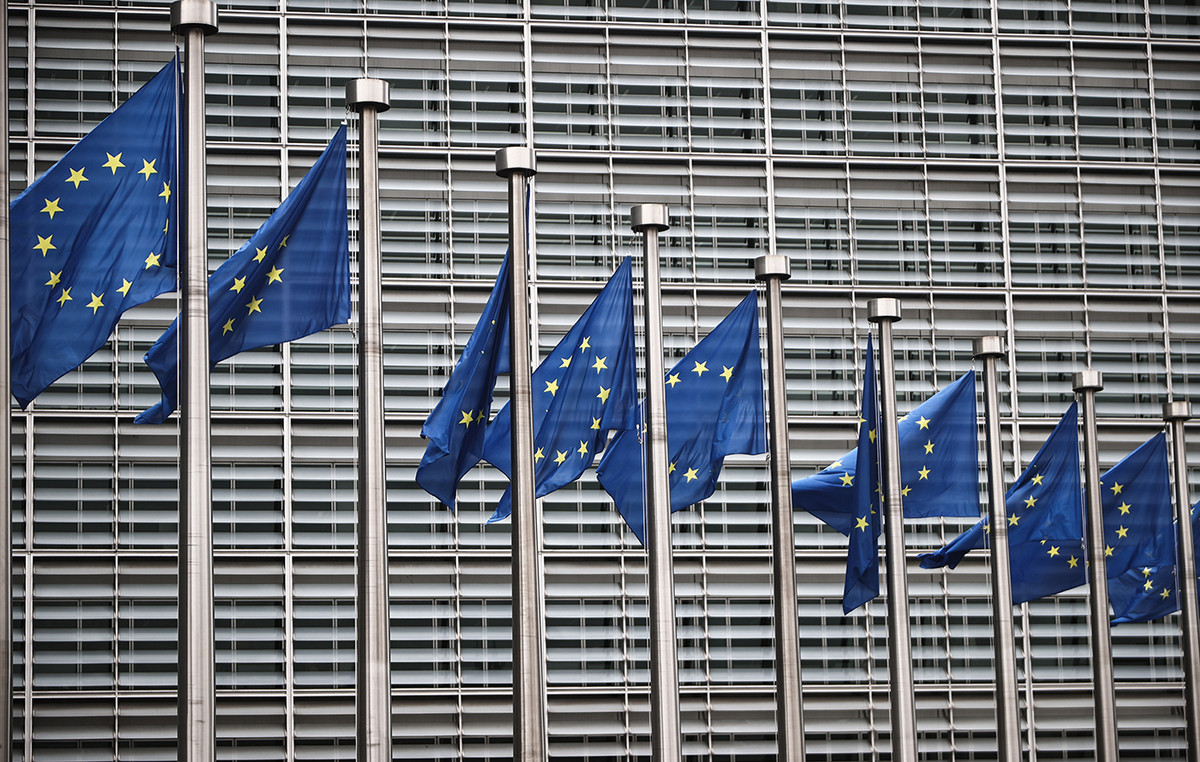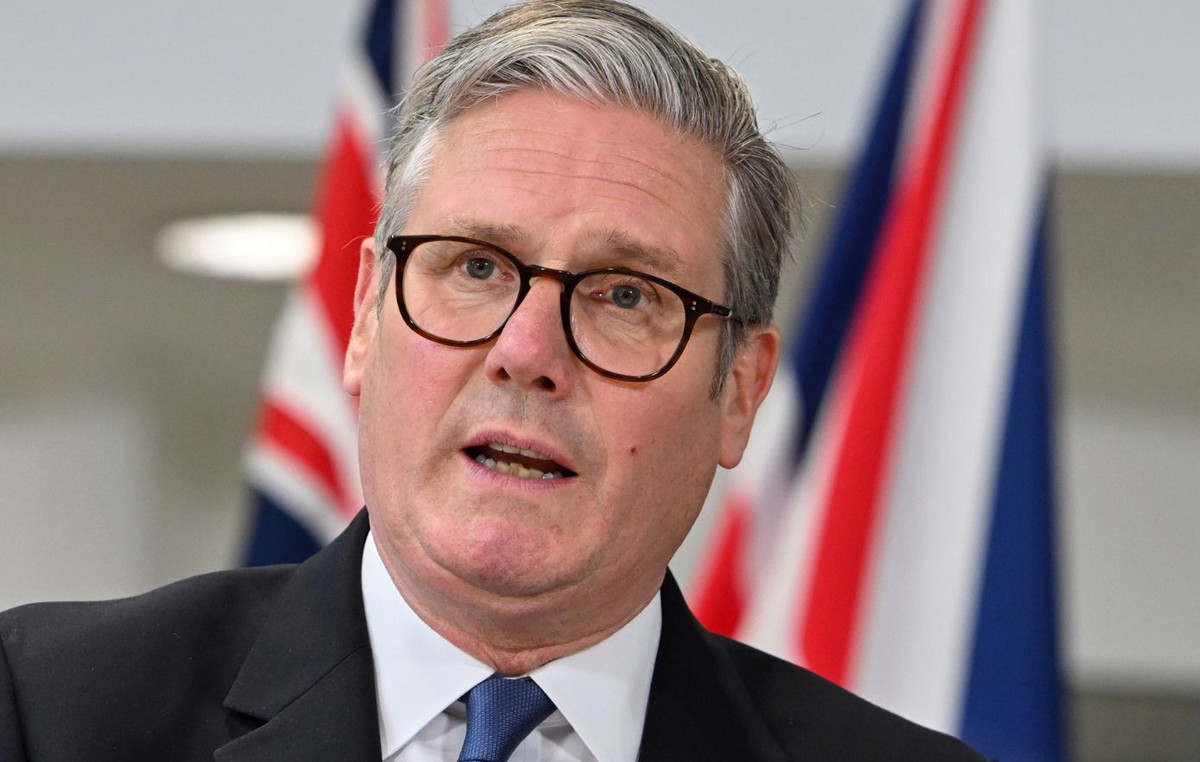- EUR/USD is trading sideways above 1.0800 ahead of crucial Eurozone/US macroeconomic events.
- The ECB could cut interest rates twice more this year.
- The Fed is expected to openly support rate cuts in September.
The EUR/USD is performing sideways in the European session on Tuesday as the US Dollar (USD) advances amid uncertainty among market participants ahead of the Federal Reserve (Fed) monetary policy announcement on Wednesday. The US Dollar Index (DXY), which tracks the value of the Greenback against six major currencies, is trading higher near 104.70.
The Fed is expected to keep interest rates unchanged in the 5.25%-5.50% range for the eighth consecutive meeting. This is anticipated to be the last steady rate decision, with the Fed pivoting toward policy normalization starting with the September meeting.
According to the CME FedWatch tool, 30-day federal funds futures price data show the central bank will cut interest rates by 25 basis points (bps) from their current levels at the September meeting. The data also show there will be two more rate cuts before the end of the year rather than one as projected by Fed policymakers in the latest Fed dot plot.
Market experts see the Fed acknowledging the return of inflation on the path to the bank’s 2% target and some progress, too, along with upside risks to labor market strength. This would signal the Fed’s willingness to undo the policy-tightening framework that has lasted more than two years.
This week, investors will also focus on a number of economic data. In Tuesday’s session, investors will focus on the JOLTS job openings data for June, which will be released at 14:00 GMT. The number of job openings posted by employers is estimated to have decreased to 8.03 million from the previous release of 8.14 million.
Market Movers Daily Roundup: EUR/USD Trades Back-and-Forth Ahead of German GDP and Inflation
- EUR/USD is trading in a tight range, slightly above the immediate support of 1.0800 in the European session on Tuesday. The major currency pair is struggling to find direction as investors have remained on the sidelines ahead of Germany’s preliminary second quarter Gross Domestic Product (GDP) and the Eurozone’s Harmonized Index of Consumer Prices (HICP) for July.
- Economic data will indicate whether current market speculation that the European Central Bank (ECB) will cut its key interest rates twice more this year is appropriate. The Eurozone and German economies are estimated to have grown at a slower pace of 0.2% and 0.1% respectively. Germany’s annual HICP is expected to have slowed to 2.4% from June’s reading of 2.5%, with monthly figures growing steadily by 0.2%.
- The scenario of slower GDP growth and soft inflation would be unfavourable for the Euro as it will raise expectations of two more rate cuts by the ECB this year. The ECB started its policy easing cycle in June but did not cut interest rates sequentially in July as policymakers fear that an aggressive expansionary stance could raise price pressures again.
- This week, the main trigger for the Euro will be the preliminary Eurozone Harmonised Index of Consumer Prices (HICP) for July, due out on Wednesday. On an annual basis, the headline and core HICP, which excludes volatile items such as food, energy, alcohol and tobacco, are estimated to have slowed to 2.4% and 2.8% respectively.
Technical Analysis: EUR/USD consolidates above 1.0800
EUR/USD is trading within Monday’s trading range and holding the key support of 1.0800. The shared currency pair remains within a Symmetrical Triangle pattern on a daily time frame after failing to hold the breakout. The major currency pair is settling below the 20-day Exponential Moving Average (EMA), which is trading around 1.0840.
The pair could slide further towards the round-level supports near 1.0800 and 1.0700. On the upside, the round-level resistance of 1.0900 will be a key barrier for the Euro bulls.
The 14-day Relative Strength Index (RSI) is back within the 40.00-60.00 range, suggesting that the bullish momentum has faded.
Euro FAQs
The Euro is the currency of the 20 European Union countries that belong to the Eurozone. It is the second most traded currency in the world, behind the US Dollar. In 2022, it accounted for 31% of all foreign exchange transactions, with an average daily volume of over $2.2 trillion per day. EUR/USD is the most traded currency pair in the world, accounting for an estimated 30% of all transactions, followed by EUR/JPY (4%), EUR/GBP (3%) and EUR/AUD (2%).
The European Central Bank (ECB), based in Frankfurt, Germany, is the reserve bank of the Eurozone. The ECB sets interest rates and manages monetary policy. The ECB’s main mandate is to maintain price stability, which means controlling inflation or stimulating growth. Its main instrument is to raise or lower interest rates. Relatively high interest rates – or the expectation of higher rates – generally benefit the Euro and vice versa. The Governing Council of the ECB takes monetary policy decisions at meetings held eight times a year. Decisions are taken by the heads of the national banks of the Eurozone and six permanent members, including ECB President Christine Lagarde.
Eurozone inflation data, as measured by the Harmonised Index of Consumer Prices (HICP), is an important econometric data point for the euro. If inflation rises more than expected, especially if it exceeds the ECB’s 2% target, the ECB is forced to raise interest rates to bring inflation back under control. Relatively high interest rates compared to their peers usually benefit the euro, as it makes the region more attractive as a place for global investors to park their money.
Data releases measure the health of the economy and can influence the Euro. Indicators such as GDP, manufacturing and services PMIs, employment and consumer sentiment surveys can influence the direction of the single currency. A strong economy is good for the Euro. Not only does it attract more foreign investment, but it can encourage the ECB to raise interest rates, which will directly strengthen the Euro. Conversely, if economic data is weak, the Euro is likely to fall. Economic data from the four largest Eurozone economies (Germany, France, Italy and Spain) are especially significant, as they account for 75% of the Eurozone economy.
Another important output for the euro is the trade balance. This indicator measures the difference between what a country earns from its exports and what it spends on imports during a given period. If a country produces highly sought-after export products, its currency will appreciate due to the additional demand created by foreign buyers who wish to purchase these goods. Therefore, a positive net trade balance strengthens a currency and vice versa for a negative balance.
Source: Fx Street
I am Joshua Winder, a senior-level journalist and editor at World Stock Market. I specialize in covering news related to the stock market and economic trends. With more than 8 years of experience in this field, I have become an expert in financial reporting.








